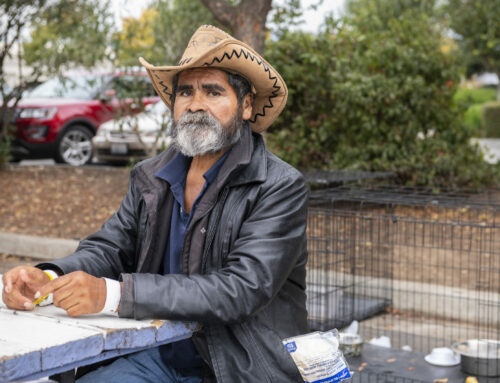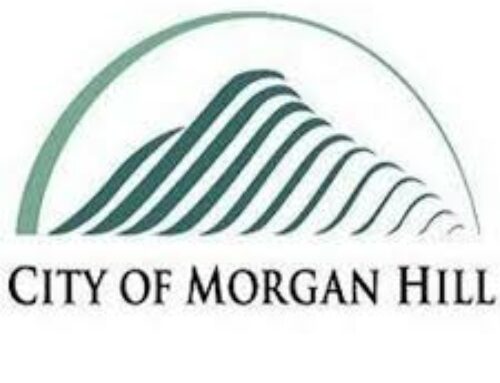Building broadband represents a significant step forward in the quest for a more just and inclusive society.

A multi-ethnic group of elementary age children are in the computer lab using laptops. A little boy is watching a video and is listening to music.
This editorial is the opinion of Morgan Hill Life
During the past two years you’ve likely seen work crews digging up South Valley streets and roads as local telecom providers install fiber Internet lines and infrastructure. This multi-million dollar project will expand the availability of high-speed Internet and provide fast, reliable data to residents and businesses.

This is the good news. The bad news is that there are many people in South Valley and throughout the rest of the county who do not have access to this expanded telecom service. This problem is known as the “digital divide” — and it’s bad for society, politics and the economy. That’s why government agencies, tech companies and individuals came together May 5 at the Santa Clara County Office of Education to find ways to expand access to broadband Internet services and ensure everyone receives the digital equity that is so essential for economic growth, education, healthcare and social inclusion.
The Broadband Equity, Adoption, and Deployment (BEAD) workshop was part of a series of 20 events held throughout the state to help policymakers and politicians decide in the next five years how to spend federal funds to address digital inequities in various communities.
The Internet plays a vital role in modern life. The challenge is that one out of five Californians — including more than 70,000 people in Santa Clara County — do not have access to affordable, reliable services and devices or possess the skills needed to use them. That means millions of men, women and children through California cannot access essential government services and receive social and economic benefits. It mostly impacts low-income households, older adults, individuals with disabilities, veterans, justice-involved individuals, members of minority groups, people with language barriers and low literacy levels and residents of rural communities.

Students are especially hurt by the digital divide, said Dr. Mary Ann Dewan, the county’s superintendent of schools, in a press release. Local schools saw this especially during the COVID-19 “lockdowns” where many children and teens did not have access to Internet services for remote learning. Quality high-speed Internet removes barriers to young people accessing their school assignments, and doing research for homework.
“While the digital divide is defined as the gulf between students and their families who have ready access to computers and the Internet, and those who do not, it truly goes deeper than that,” Dewan said. “It includes ensuring that the proper infrastructure is in place so that all students have equitable access to high-speed Internet.”
Closing the digital divide in Silicon Valley and throughout the rest of California will require a concerted effort from a variety of stakeholders. These include government agencies, non-profits, tech companies, and community organizations. Despite the upgrading of fiber optic lines, there are other steps that must be taken to close the gap:
Increase access to devices and technology: We can do much better in providing availability to devices such as computers and tablets, as well as other digital tools such as software and applications to people who can’t afford them. Actions could include donations of devices, as well as subsidies to make devices more affordable for low-income households.
Increase digital literacy: Providing education and training in digital literacy skills is important to ensure that individuals can effectively use digital resources and tools. This could include providing no-cost or low-cost training programs for students, seniors, and other underserved populations, as well as partnerships with community organizations and libraries.
Address the affordability of digital services: In addition to Internet access and devices, other digital services such as software and applications can be costly for low-income households. Tech companies could explore ways to make these services more affordable and accessible, such as through discounts or subsidies.
In our 21st century world, bridging the gap between those who have access to digital tools and resources and those who do not will help to create a more equitable future for all. With increased access to technology and broadband telecom services, residents will be better equipped to participate in the digital economy, access educational resources, and connect with loved ones both near and far. Ultimately, this bold initiative represents a significant step forward in the quest for a more just and inclusive society.






